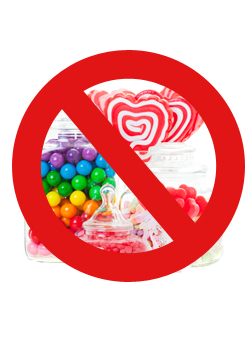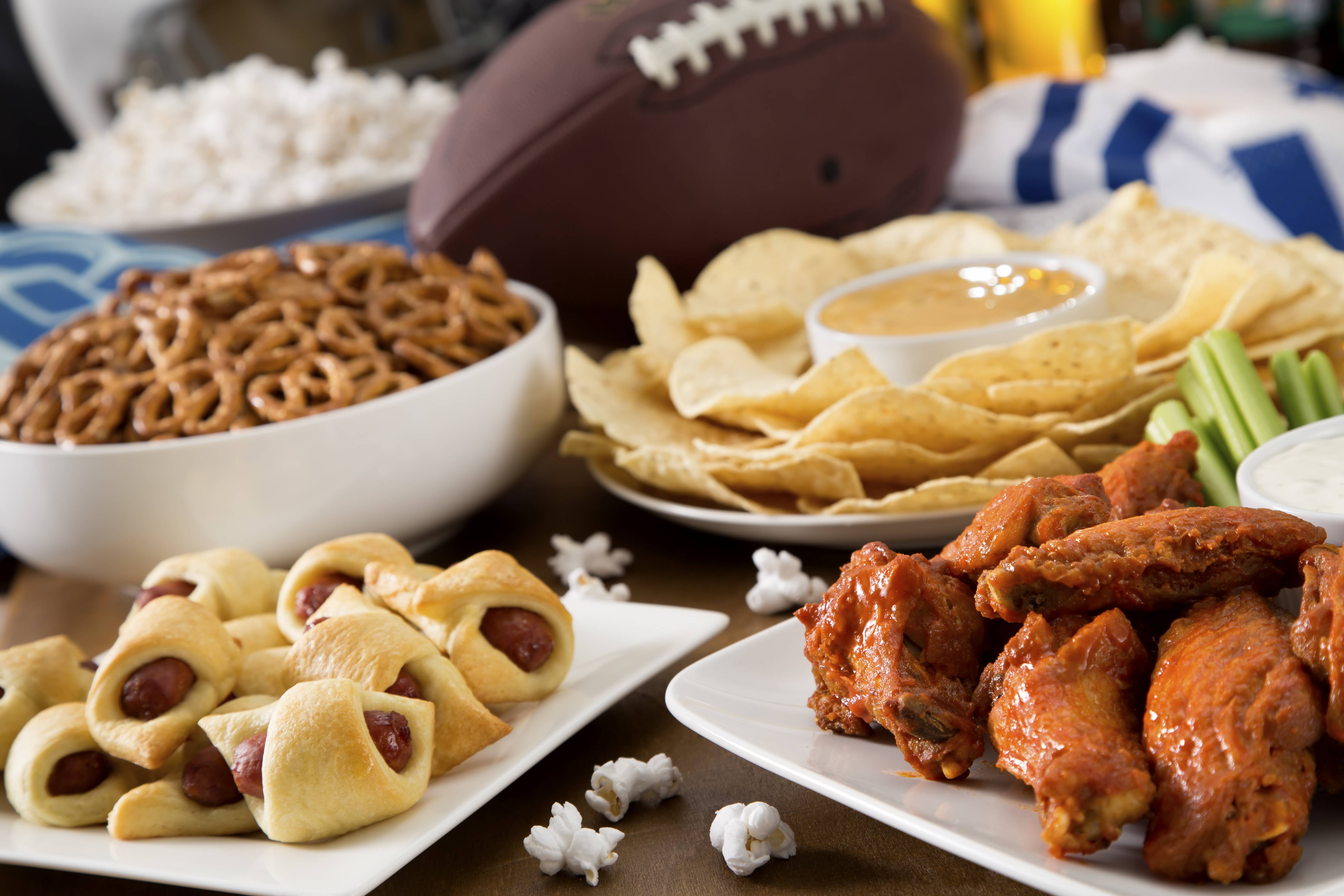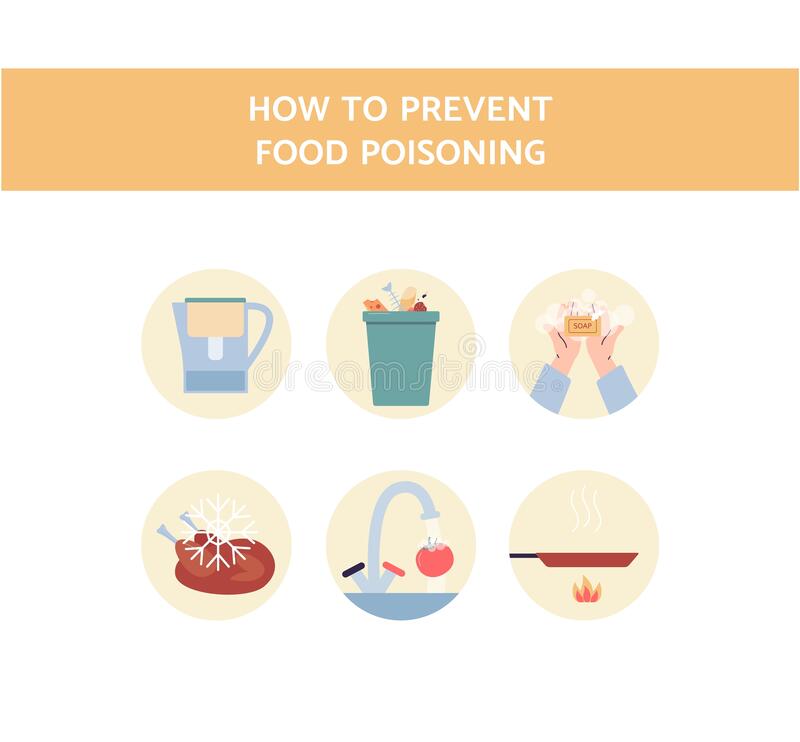
Mediterranean diet encourages the consumption of lots of vegetables, and only occasionally eats meat. Meat is cooked in many ways, including in extra virgin oil sauces. The Mediterranean diet also avoids processed meats and relies heavily on fresh ingredients rather than packaged products. Some of the foods allowed on the diet are dairy products, such as yogurt and cheese, and fish is generally consumed 1-2 times per week. The Mediterranean diet does NOT rely on processed or packaged food.
The Mediterranean diet focuses on plant-based protein. Studies have shown that eating nuts, seeds and other plant-based proteins can protect your heart and reduce your chance of developing cancer. Vegetables are a major part of the Mediterranean diet. A typical daily intake of green leafy veggies is at least 1 cup. Vegetables include cabbage, broccoli, spinach, lettuce, and Brussels sprouts. Others common ingredients include raw and grilled.
In the Mediterranean diet, tomatoes play an important role. They are low in fat and high in fiber. The Mediterranean diet includes moderate amounts red wine, which enhances meals. It is a great way to increase your fiber and protein intake and still enjoy the taste of a meal. Moreover, the Mediterranean diet allows the occasional glass of red wine. This is a great way to have a good time on a night out.

Vegetables should be the mainstay of your meals. Mediterranean eating suggests that you eat seven to ten portions of fruit and vegetables per day. You should also eat three to five servings every day of vegetables. The antioxidants in vegetables and fruits can lower your risk of developing cardiovascular disease. To make sandwiches, add spinach to eggs and cucumbers to the sandwich. You can also use sliced cucumbers.
Mediterranean food includes many plant-based meals. The main source of fat is olive oil. You can eat moderate amounts of red meat in the Mediterranean diet, but you will need to limit it to one daily serving. Limiting alcohol intake to just one or two drinks per day is a good idea. Red wine is permitted in moderation.
It is also important to engage in some form of physical activity daily. For the Mediterranean diet, you need to do at least two hours of moderate exercise per day. Find activities that will make you feel happier and more energetic. You can also exercise by doing chores around the house and in your yard. The Mediterranean diet is great for people who have busy lives. It will give energy and prevent you feeling depressed and fatigued.
A moderate amount of red meat is permitted in traditional Mediterranean diets. The Mediterranean diet focuses on fish and poultry as these are both good sources of lean protein. The diet does not allow red meat. It is important to select lean cuts of meat when choosing your meat. This will lower the risk of developing heart disease. The meat should be 90 percent lean and 10 percent fat.

Mediterranean diets allow you to eat lean meats, in addition to fish. The Mediterranean diet has a high amount of fish. Therefore, it is crucial to know what fish are safe for your own health. Seafood Watch has information on the Mediterranean fish species and the Mediterranean diet pyramid. It consists of olive oils, fruits and veggies, legumes, whole grains, olive oil, and nuts.
It is an integral part of the Mediterranean diet that eggs are included. Although meat was scarce in the past and eggs were not a staple in Mediterranean cuisines, they were a good source protein. Although it might sound extreme, eggs are a good food for everyone and a great source protein. The Mediterranean diet is rich with fiber, including fruits, vegetables legumes, nuts, olive oil, and nuts.
FAQ
What foods can I eat to lose weight quicker?
It is possible to lose weight faster by eating fewer calories. There are two ways to do this:
-
Reduce the calories you eat each day.
-
Through physical activity, you can increase the amount of calories that you burn.
It is easy to reduce calories. There are calorie-laden fast food options all around us. Here's how to lose those extra pounds.
-
Beans contain high levels of fiber and protein. They have almost no fat making them an excellent choice for dieters looking to reduce their caloric intake.
-
Oatmeal, while low in calories, is high in nutrients like potassium and magnesium. It also has less sugar than most other cereals.
-
Eggs contain high levels of protein and cholesterol. Eggs can be eaten once or twice per week to increase metabolism, which will help you burn more calories during the day.
-
Whole grain bread may help you feel fuller, longer.
-
Dark chocolate is rich in antioxidants and flavonoids. These substances have been shown to improve heart health and lower blood pressure.
-
Cottage cheese is high-in calcium, which can help build strong bones. Cottage cheese is also high in calcium, which aids in bone strength.
-
Omega-3 fatty Acids are a key component of salmon. They promote brain development, and improve cardiovascular function.
-
Green tea is rich in catechins, compounds which fight cancer and increase metabolism.
-
Broccoli is a great source of folic acid, which reduces homocysteine levels in the blood. A higher risk of developing heart disease and stroke is associated with high homocysteine levels.
-
Yogurt is a wonderful way to get probiotics into your diet, without having to consume a lot of added sugars. Probiotics are important for your digestive health.
-
Berries are delicious and nutritious snacks. Blueberries (strawberries), blackberries; raspberries and cranberries all provide excellent sources of vitamins.
-
Avocados are packed with healthy fats. A half avocado has 80 calories but plenty of filling fiber.
-
Nuts can be enjoyed as a snack, but they are also rich in protein. Nuts include cashews (almonds), hazelnuts (pecans), walnuts, walnuts, and pistachios.
-
Sweet potatoes are another starchy vegetable that's packed with beta carotene, which makes your skin glow. The orange sweet potato variety has a higher level of beta-carotene than regular sweet potato varieties.
What can I eat while on intermittent fasting in order to lose weight?
To lose weight, the best thing to do is cut back on carbs. This means avoiding bread, pasta, rice and potatoes as well as other carbohydrate-based foods.
Protein will also keep you fuller for longer so try to limit how much you eat. So you won’t feel hungry as often.
Focus instead on healthy fats such as avocado, olive oil, nuts, seeds, and peanut butter. These foods can keep you satisfied for hours after they are eaten.
It's vital that you get enough water. Water helps you stay hydrated, which makes it easier to burn fat.
This could be because you find you really crave these foods when fasting. But that doesn't mean you have to give in to those cravings. If you do this, you might gain more weight that you have lost.
Try to limit how many calories you eat each day. This will help prevent you from overeating. When hunger strikes, drink a glass of water instead of reaching for another snack.
It might sound counterintuitive at first, but it has been shown that this can help you slim down. According to a study published in Obesity, participants consumed fewer calories if they drank plain water rather than sugary beverages.
Additionally, plain water can help reduce hunger pangs. Don't drink sweetened beverages if your goal is to lose weight. Stick to water.
It doesn't take much to lose weight. Instead, make small lifestyle changes.
For example, you can start by swapping your usual breakfast sandwich for a bowl of oatmeal. You can also swap out your afternoon cookie for a piece fruit.
These easy changes can help you lose weight and keep your kitchen clean.
What is the best activity for busy people?
You can stay fit by exercising at home. You do not need to join a gym. You can do simple exercises at home without spending much money on equipment.
A pair of dumbbells and a mat are all you need.
Your most important goal is to keep up your fitness routine. If you are absent for a few weeks, you could lose your motivation.
A great way to start off would be to try lifting weights three times per week. This could include squats, lunges, push-ups, pull-ups, dips, curls, etc.
Once you are proficient in these movements, you will be able to do other types of exercise, such as running, jumping, skipping and yoga, pilates, dancing, swimming, weight training and tennis.
Make sure you choose the right exercise program for your needs. For example, if you are working long hours, then you might want to avoid exercises that require too much energy.
If you're a night owl then it is better to exercise in the evening than in the morning.
Remember to listen to your body and stop when you feel tired.
How often do people fast every day?
People who are on a ketogenic diet only fast once a week. Some people fast twice a week. Some others fast three days per week.
There is a variation in the length of fasts. Some fast for 24 hours while others fast for 48.
Some people even go longer than 72 hours. But these extreme cases are very rare.
Can I eat fruits during intermittent fasting?
Fruits are great for you. They are rich in vitamins, minerals and fiber. However, they also contain sugar which can cause blood glucose levels to spike. This can lead both to insulin resistance and weight loss. You can lose weight by following an IF diet. Make sure to eat low glycemic fruits like apples, pears and berries.
Statistics
- According to a study sponsored by the American Council on Exercise, a person weighing around 140 pounds (64 kg) would burn 108 calories at a 30-minute beginner's Pilates class or 168 calories at an advanced class of the same duration (26). (healthline.com)
- One study in 9 active men found that HIIT burned 25–30% more calories per minute than other types of exercises, including weight training, cycling, and running on a treadmill (18Trusted Source (healthline.com)
- According to Harvard Health, it's estimated that a 155-pound (70-kg) person burns roughly 112 calories per 30 minutes of weight training (5). (healthline.com)
- Another study found that 24 weeks of weight training led to a 9% increase in metabolic rate among men, which equated to burning approximately 140 more calories per day. (healthline.com)
External Links
How To
How to quickly lose belly weight?
You need to realize that losing belly fat can be difficult. It takes hard work. These tips will help you achieve your goals.
-
Eat Healthy Food. Healthy eating is crucial. You should eat fruits, vegetables, whole grain, lean protein, nuts, seeds and legumes as well as fish, poultry and eggs. Avoid junk food.
-
Drink Water. Water is good for you. It keeps your body hydrated so that you feel satisfied and full for longer periods. Keep hydrated every day.
-
Do Cardio Exercises. Cardio exercises help to burn more calories, build muscle mass, and improve your cardiovascular health. They also improve your heart health and boost metabolism. Cardio exercise should be done for 30 minutes each day.
-
Get Enough Sleep. A vital part of maintaining good health is sleep. Sleep deprivation can lead to anxiety and stress, which can then cause unhealthy behaviors like smoking and overeating.
-
Stress levels can be reduced. Stress can affect our brain chemistry. When we are stressed, our bodies produce cortisol, a hormone that increases hunger pangs and cravings for high-calorie foods.
-
Take Regular Breaks. Take frequent breaks throughout the day. Take a break and go outside to walk or take a nap. This gives your body and mind time to relax.
-
Avoid Alcohol Consumption. Avoid alcohol consumption. It is high in empty calories and slows down your digestion. Alcohol should be avoided if you're looking to lose belly-fat.
-
Have fun